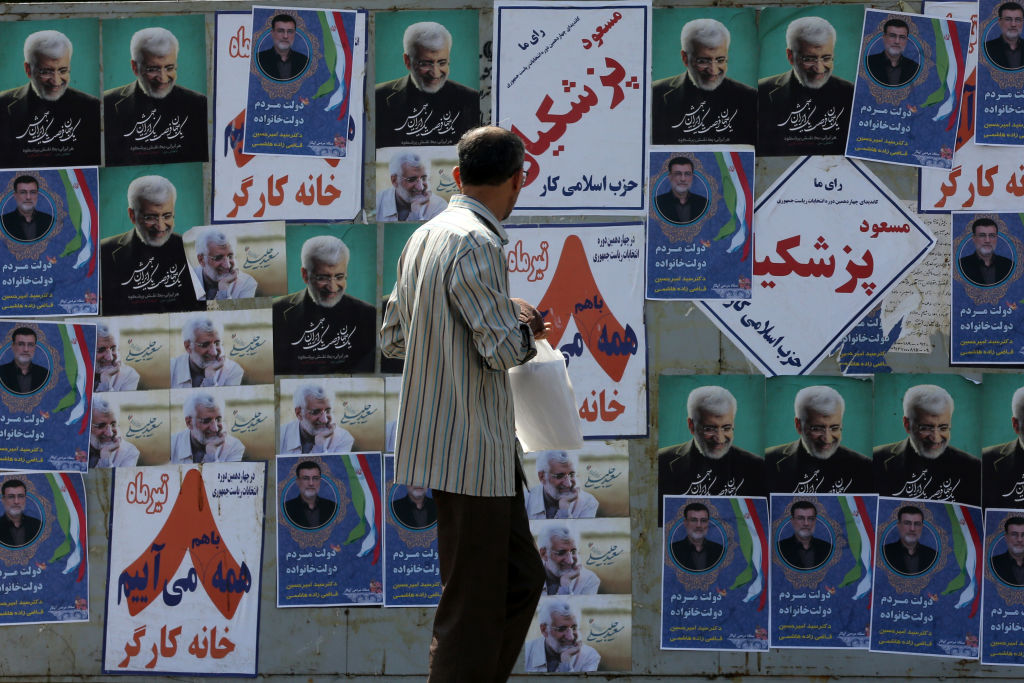The ferocious Pacific Palisades Fire ripping through Los Angeles is barely a day old, but already stands among the most destructive wildfires in the county’s history.
The inferno has engulfted nearly 12,000 acres so far, reducing at least 1,000 homes and buisnesses to cinders as it lays waste to large swaths of the Southland, sending tens of thousands fleeing for their lives.
The powerful blaze has been fueled by California’s seasonal Santa Ana winds, which have pounded the area with hurricane-force gusts in excess of 100 mph as entire neighborhoods have been consumed in the fire’s relentless wake, rendering airborne firefighting methods impossible.
The blaze – which was 0% contained as of Wednesday afternoon – has burned a relatively small amount of acreage compared to other historic fires, but is one of just two fires in LA County history to destroy 1,000 or more buildings.
Here’s a look at how the Pacific Palisades Fire’s destruction compares to other historic conflagrations in LA County.
Woolsey Fire – Nov. 8, 2018
The Woolsey Fire, which began in southeast Ventura County and spread southward into Los Angeles County, including Malibu, has the dubious distinction as the most destructive fire in the history of LA County, burning 96,949 acres and ravaging 1,643 structures – 1,121 of them in LA.
The Woolsey Fire killed three people and forced nearly 300,000 evacuations before it was brought under control Nov. 21.
Like the Pacific Palisades Fire, the Woolsey Fire was fanned by the Santa Ana winds.
Sayre Fire (aka Sylmar fire) – Nov. 14, 2008
The Sayre Fire, which broke out in the Sylmar section of Los Angeles burned 11,262 acres and consumed over 600 structures, most of them private residences.
Then-Governor Arnold Schwarzenegger called the blaze “a perfect storm” due to the confluence of exacerbating factors including the Santa Ana winds, an abundance of dry brush, low humidity and high temperatures. It was fully contained by Nov. 20.
Bel Air Fire (aka Brentwood Fire) – Nov. 6, 1961
The Bel Air Fire of 1961 began as a brush fire in the tony Los Angeles community of the same name, destroying 484 homes and burning more than 6,000 acres.
The Santa Ana winds helped it kick up embers and send them flying, leading to more than 200 firefighters being injured.
The blaze was so bad it prompted Los Angeles to revamp its fire laws and safety codes, including outlawing wood shingle roofs in new home construction and establishing strict requirements for clearing brush.
Stay up to date with the NYP’s coverage of the terrifying LA-area fires
- 30K LA residents, celebs flee as Pacific Palisades Fire worsens; screaming residents abandon cars, creating hurdle for firefighters
- Out-of-control LA wildfires force residents — including celebs — to flee in terror: PHOTOS
- Palisades Fire live updates: Los Angeles firefighters are running out of water as they battle growing wildfires: report
- Horrifying footage shows Pacific Palisades wildfire destruction as powerful winds fuel inferno
Wright Fire – Sept. 25, 1970
The infamous Wright Fire carved a path of destruction through LA’s Malibu Canyon starting on Sept. 25, 1970, consuming more than 30,000 acres and destroying 403 structures.
Ten people died in the blaze, which stands to this day as the third-deadliest wildfire in LA County history.
Topanga Fire (aka Trippet Ranch Fire) – Nov. 23, 1938
The current fifth-most destructive fire in LA County history is the Topanga Fire, also known as the Trippet Ranch fire.
The blaze began when a caretaker at Trippet Ranch in Topanga Canyon allegedly discarded a pile of ash near brush near the edge of the property which contained hot coal embers, according to historical statements and records from the LA Fire Department from the time.
By the time the fire was brought under control a week later, it had consumed 350 structures and burned 16,500 acres.

 By New York Post (U.S.) | Created at 2025-01-08 21:17:54 | Updated at 2025-01-09 11:28:10
14 hours ago
By New York Post (U.S.) | Created at 2025-01-08 21:17:54 | Updated at 2025-01-09 11:28:10
14 hours ago








